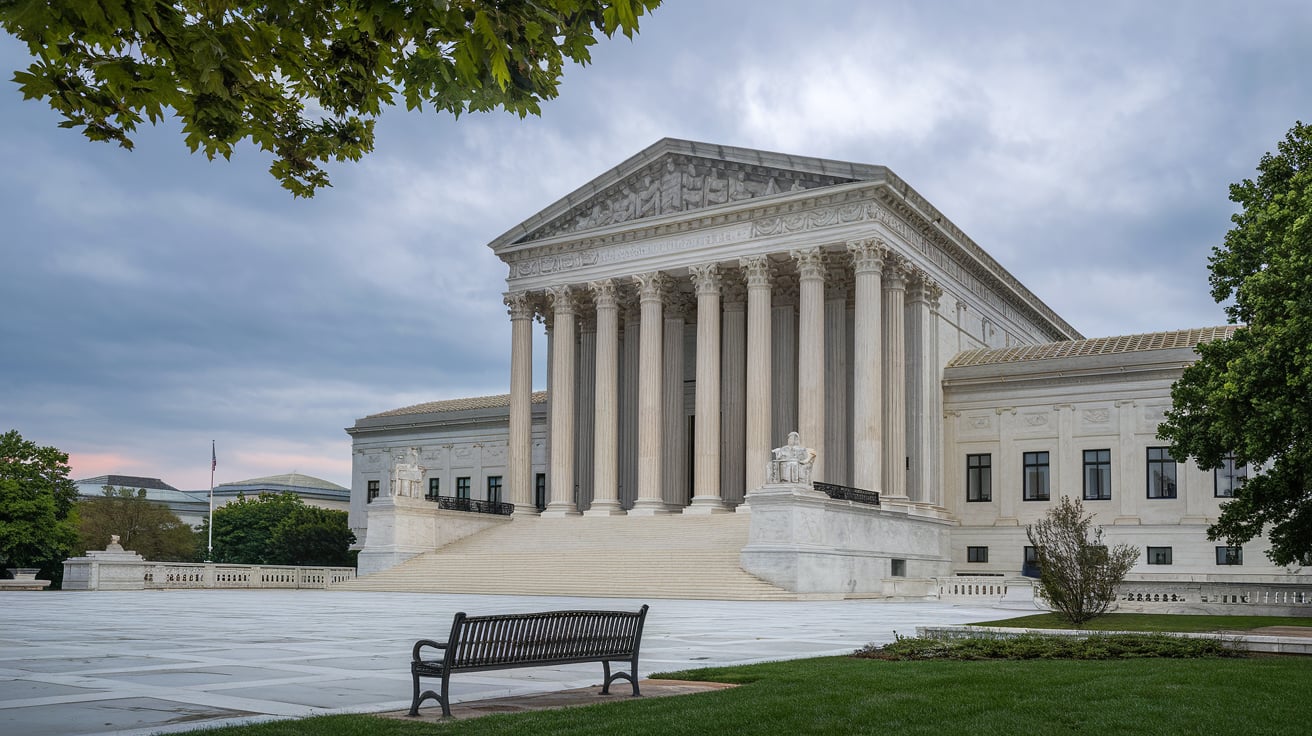Understanding Public Nuisance in Pakistan: CPC Section and Case Law
Public nuisance is a legal concept that addresses activities or conditions that disrupt the peace and harmony of society at large. In Pakistan, public nuisance is governed by the Code of Civil Procedure (CPC), specifically under Section 133. This blog post will delve into the details of Section 133 of the CPC, its implications, and provide a case law example to illustrate how this provision is applied in real-life legal scenarios.
Section 133 of the CPC – An Overview:
Section 133 of the CPC provides the legal framework for dealing with public nuisance in Pakistan. It states:
*”The District Magistrate or Sub-divisional Magistrate may order any person to remove or abate a public nuisance and to pay the costs thereof or to perform any other necessary act for the prevention or removal thereof.”*
This section empowers District Magistrates and Sub-divisional Magistrates to take action against individuals or entities responsible for public nuisances, ensuring that they take measures to rectify the situation.
Understanding Public Nuisance:
Before exploring the legal aspects, it’s essential to understand what constitutes a public nuisance in Pakistan. A public nuisance typically refers to any act or condition that causes inconvenience, harm, or obstruction to the general public or a considerable portion of it. Common examples include:
1. Unlawful encroachments on public roads.
2. Pollution of public water bodies.
3. Loud and continuous noise in residential areas.
4. Obstructions on public pathways.
5. Hazardous waste disposal that affects the community.
Case Law Example:
To provide a practical understanding of Section 133 of the CPC, let’s look at a landmark case where this provision was applied effectively.
Case: *Municipal Corporation of Delhi v. Gurnam Kaur and Others (1989)
In this case, the Municipal Corporation of Delhi took action against a group of individuals who had set up unlicensed food stalls on a public sidewalk, causing severe inconvenience to pedestrians and obstructing traffic flow. The Municipal Corporation invoked Section 133 of the CPC to order the removal of these stalls and the restoration of the sidewalk for public use.
The court held that the unlicensed food stalls constituted a public nuisance as they obstructed the free movement of the public on a public pathway, leading to congestion and inconvenience. The court relied on Section 133 of the CPC to issue an order for the removal of the stalls and to ensure the restoration of the public sidewalk.
This case illustrates how Section 133 of the CPC can be employed to address public nuisances effectively and protect the rights and convenience of the general public.

Section 133 of the CPC plays a crucial role in dealing with public nuisances in Pakistan. It empowers District Magistrates and Sub-divisional Magistrates to take swift action against activities or conditions that disrupt public peace and harmony. The case law example of *Municipal Corporation of Delhi v. Gurnam Kaur and Others* demonstrates the practical application of this provision in safeguarding public interests and maintaining the order in society.









